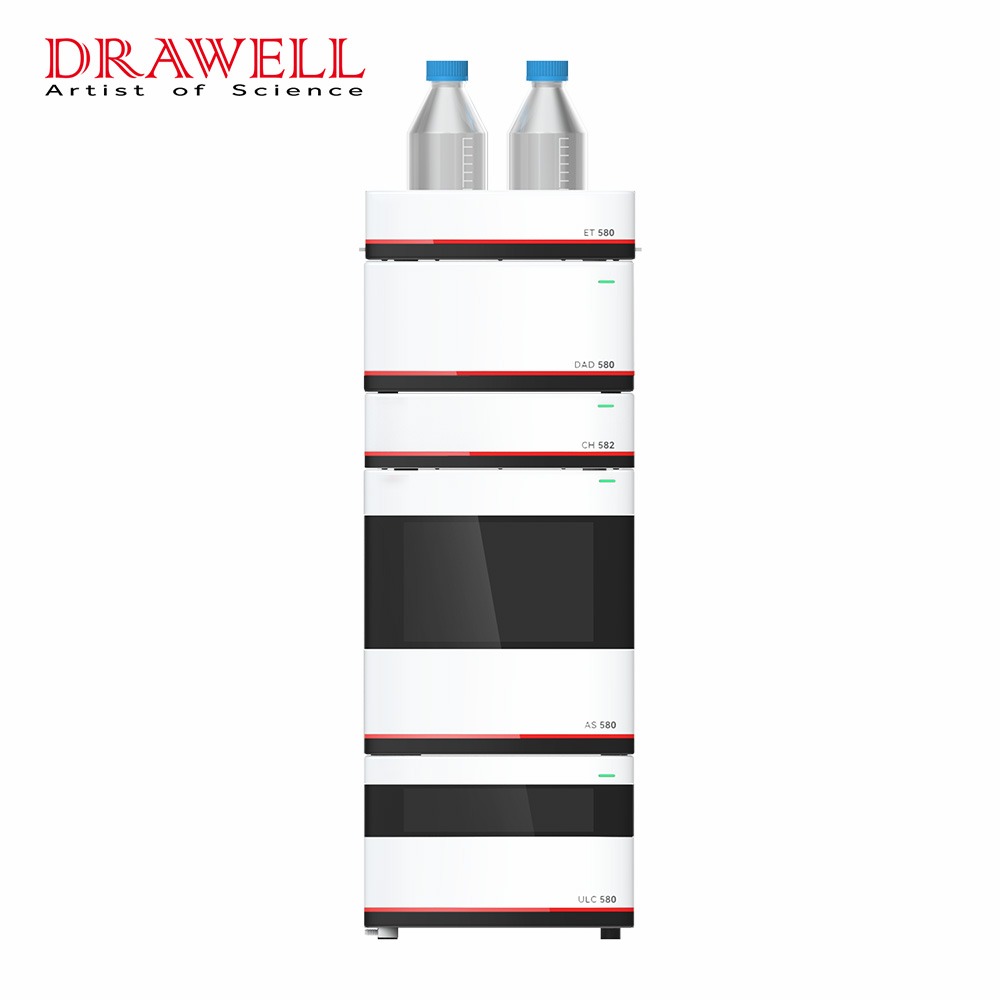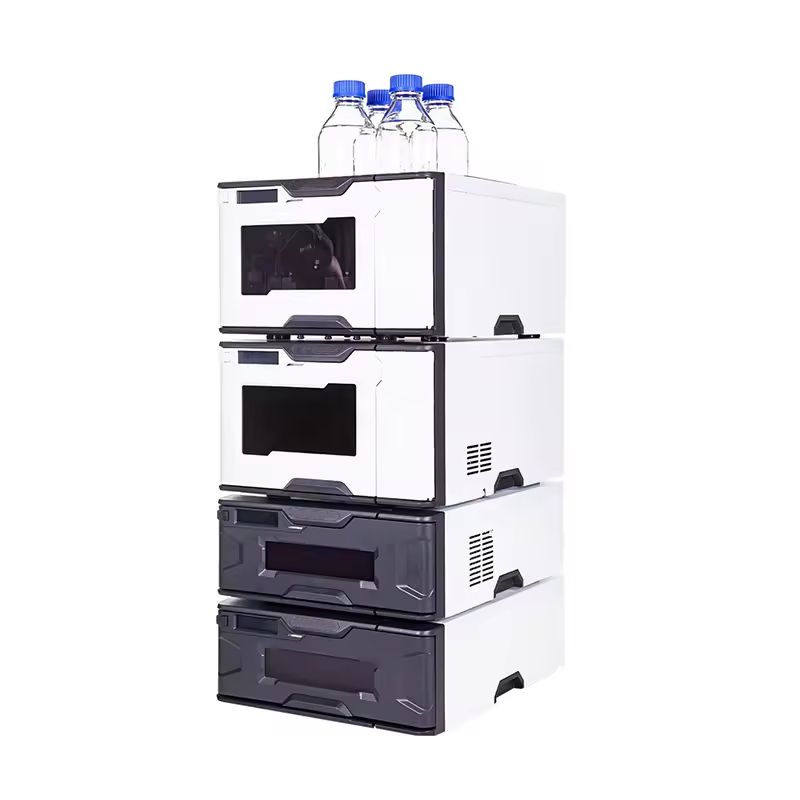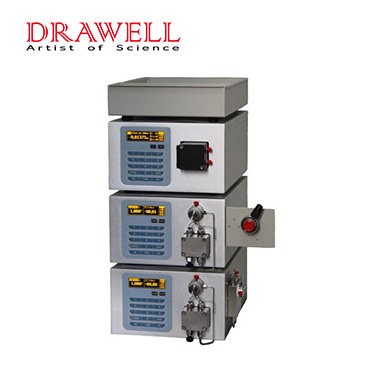High-Performance Liquid Chromatography (HPLC) is a powerful analytical technique widely used in various scientific fields, including chemistry, biochemistry, pharmaceuticals, and environmental science. The efficiency and accuracy of HPLC analyses depend significantly on the proper selection of key components, particularly the pump and detector. In this article, we will delve into the types of HPLC pumps and detectors available, and provide practical insights to guide scientists and researchers in making informed choices.
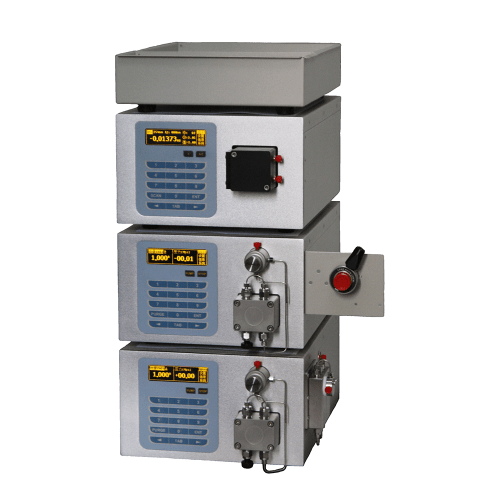
HPLC Pumps
Different Types of Pumps Used in HPLC
- Isocratic Pumps:
Suitable for simple separations.
Deliver a constant mobile phase composition throughout the analysis.
Ideal for applications where a single, stable elution condition is sufficient.
- Gradient Pumps:
Provide the flexibility to change the mobile phase composition during the analysis.
Useful for complex separations requiring varying elution conditions.
Enhance resolution and separation efficiency.
- Binary and Quaternary Pumps:
Binary pumps use two solvents, while quaternary pumps use four.
Enable precise and programmable solvent mixing ratios.
Facilitate gradient elution for enhanced separation capabilities.
Practical Tips for HPLC Pump Selection:
- Flow Rate and Pressure Requirements: Consider the required flow rate for your analysis. Ensure the selected pump can provide the necessary pressure for the chosen column and particle size.
- Gradient Precision: For applications requiring gradient elution, choose a pump with accurate and reproducible gradient formation capabilities.
- Ease of Use and Maintenance: Opt for pumps with user-friendly interfaces and easy maintenance features to streamline instrument operation.
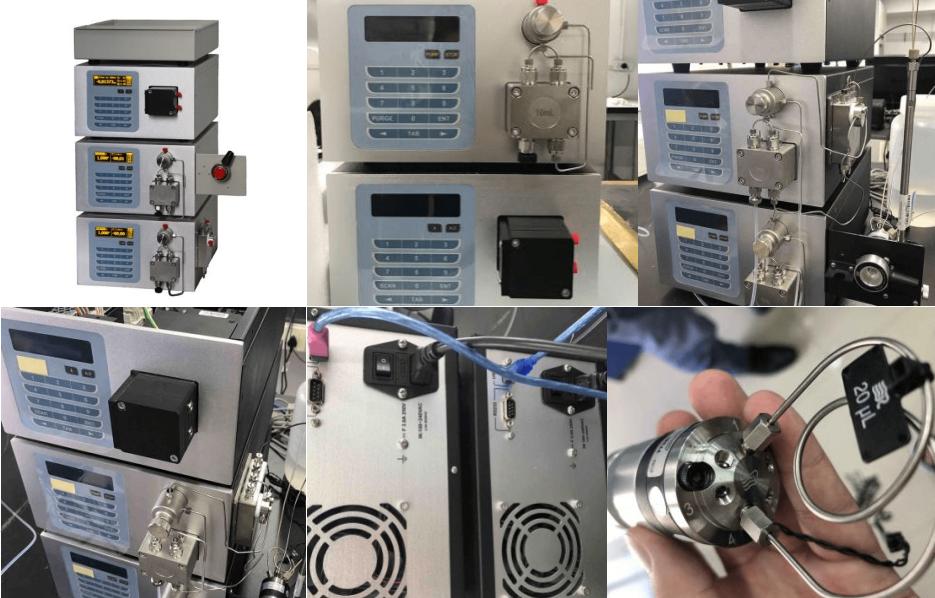
HPLC Detectors
Different Types of HPLC Detectors
- UV-Visible Detectors:
Commonly used for routine analyses.
Detect compounds based on their absorbance in the UV or visible range.
Suitable for applications where high sensitivity is not critical.
- Fluorescence Detectors:
Provide higher sensitivity than UV detectors.
Ideal for compounds with natural fluorescence or those derivatized to become fluorescent.
- Diode Array Detectors (DAD):
Offer a spectrum of absorbance data across a range of wavelengths.
Enable identification of compounds based on their UV-Vis spectra.
Enhance specificity in complex samples.
- Mass Spectrometry Detectors:
Combine HPLC with mass spectrometry for advanced analyses.
Provide information on molecular weight and structural details of compounds.
Practical Tips for HPLC Detector Selection:
- Sensitivity Requirements: Consider the detection limits required for your specific application. Choose detectors with adequate sensitivity for target compounds.
- Selectivity and Specificity: Tailor your detector choice to the specificity needed for your analysis. Mass spectrometry detectors offer unparalleled selectivity.
- Compatibility with Mobile Phase: Ensure that the chosen detector is compatible with the mobile phase used in your HPLC system.
Practical Tips for a Perfect Pairing:
- Sample complexity: For complex samples, a highly selective detector like MS may be crucial, while UV might suffice for simpler mixtures.
- Concentration range: Consider the sensitivity of your desired detector to ensure it matches the expected analyte concentration.
- Budget: Pump and detector prices vary greatly. Set a realistic budget and prioritize features essential for your applications.
- Compatibility: Ensure the pump and detector are compatible in terms of flow rate, pressure, and solvent compatibility.
- Consult with experts: Don’t hesitate to seek advice from experienced chromatographers or manufacturer representatives.
The DW-LC1620A Liquid Chromatography have superior high-pressure pump and different kinds of detectors, can used for clinical diagnosis, scientific research and development, pharmaceutical laboratories for drug analysis, quality control, standard control in the food and beverage industry, etc. If you have no idea to choose the proper one, please consider this type.
Conclusion:
Selecting the right HPLC pump and detector is crucial for achieving accurate and reliable results in chromatographic analyses. Researchers should carefully assess their specific analytical needs, considering factors such as flow rate, pressure, sensitivity, and selectivity. By following these practical insights and tips, scientists can optimize their HPLC system for peak performance and enhance the efficiency of their analytical workflows.

